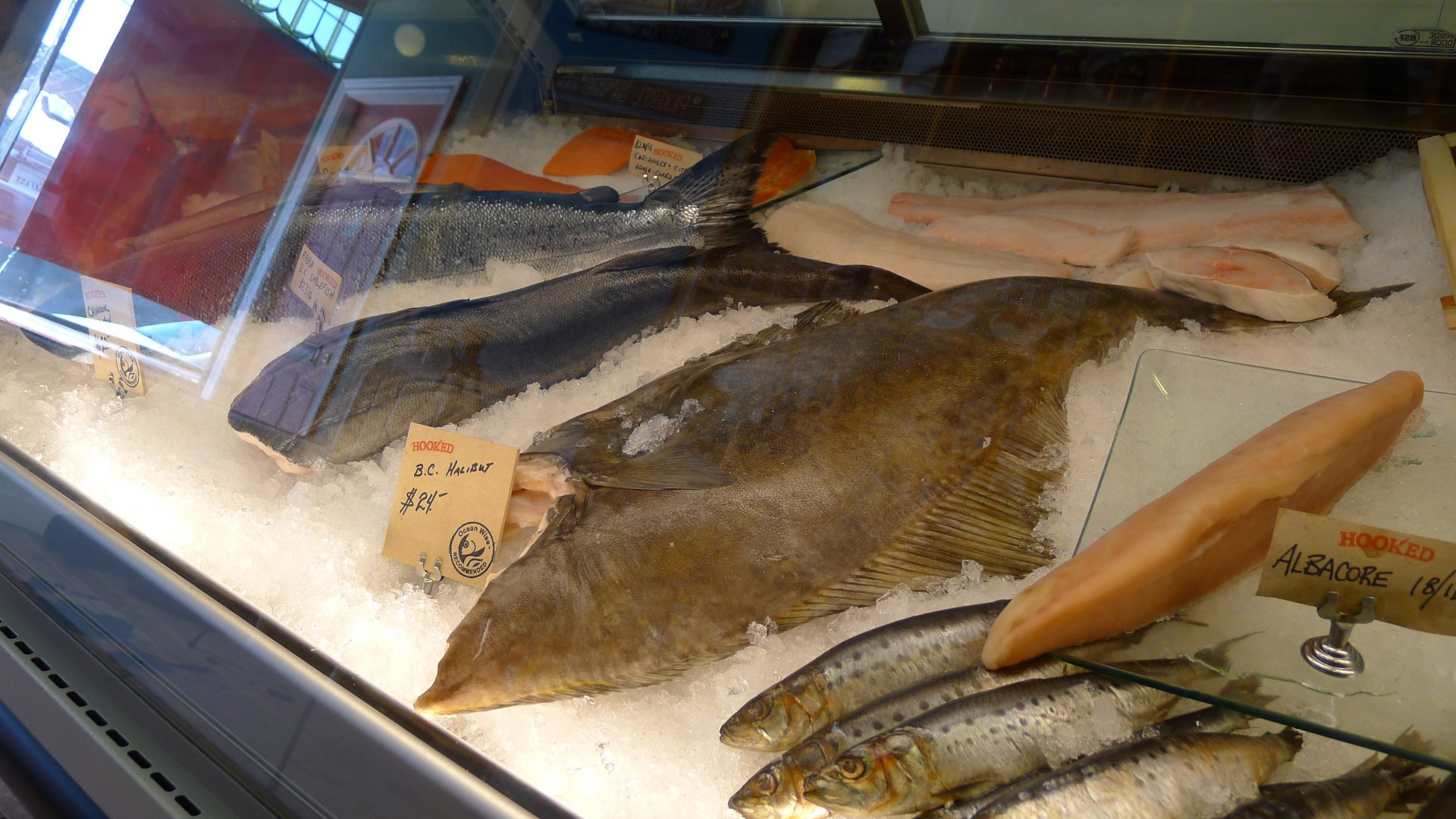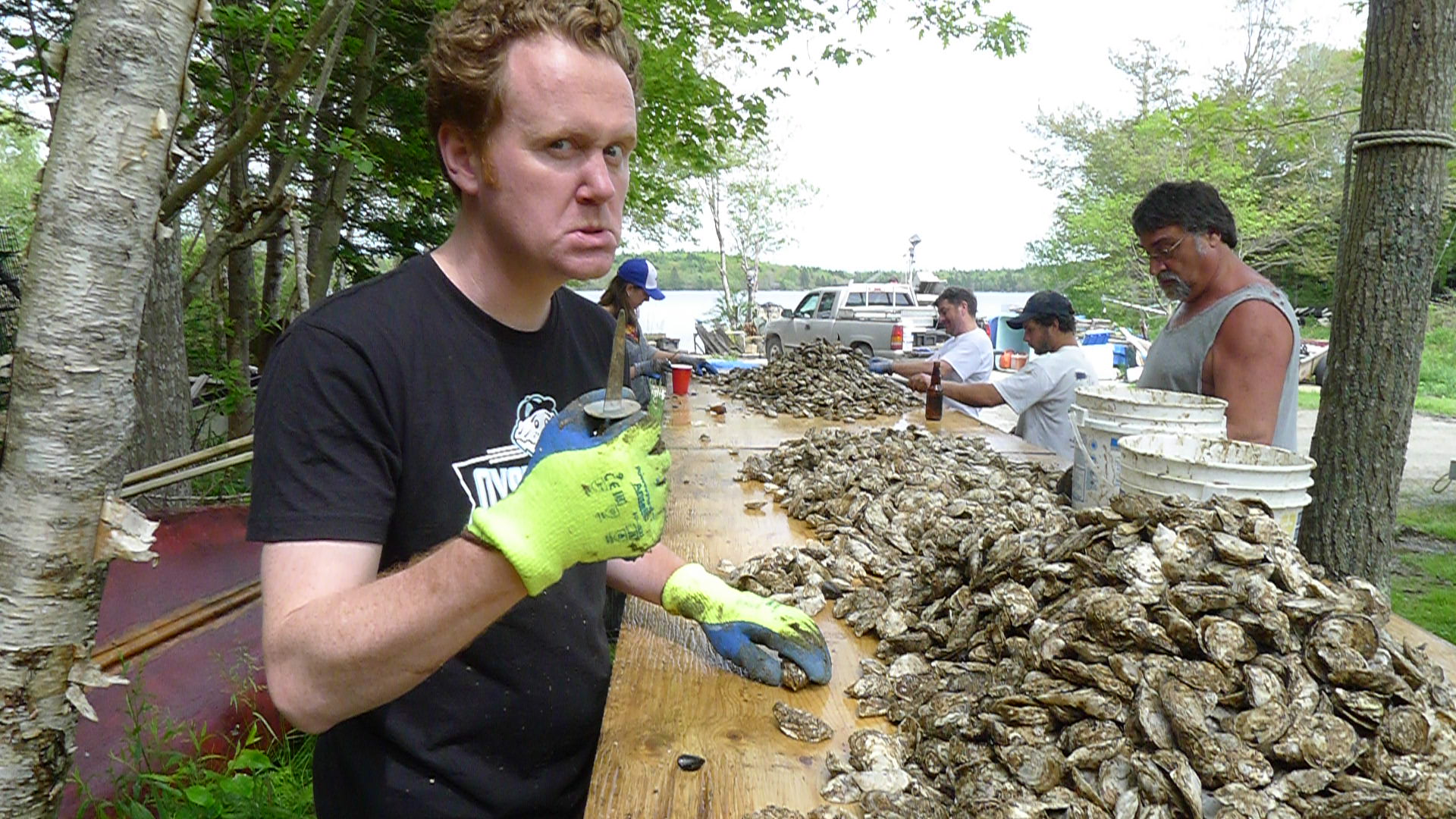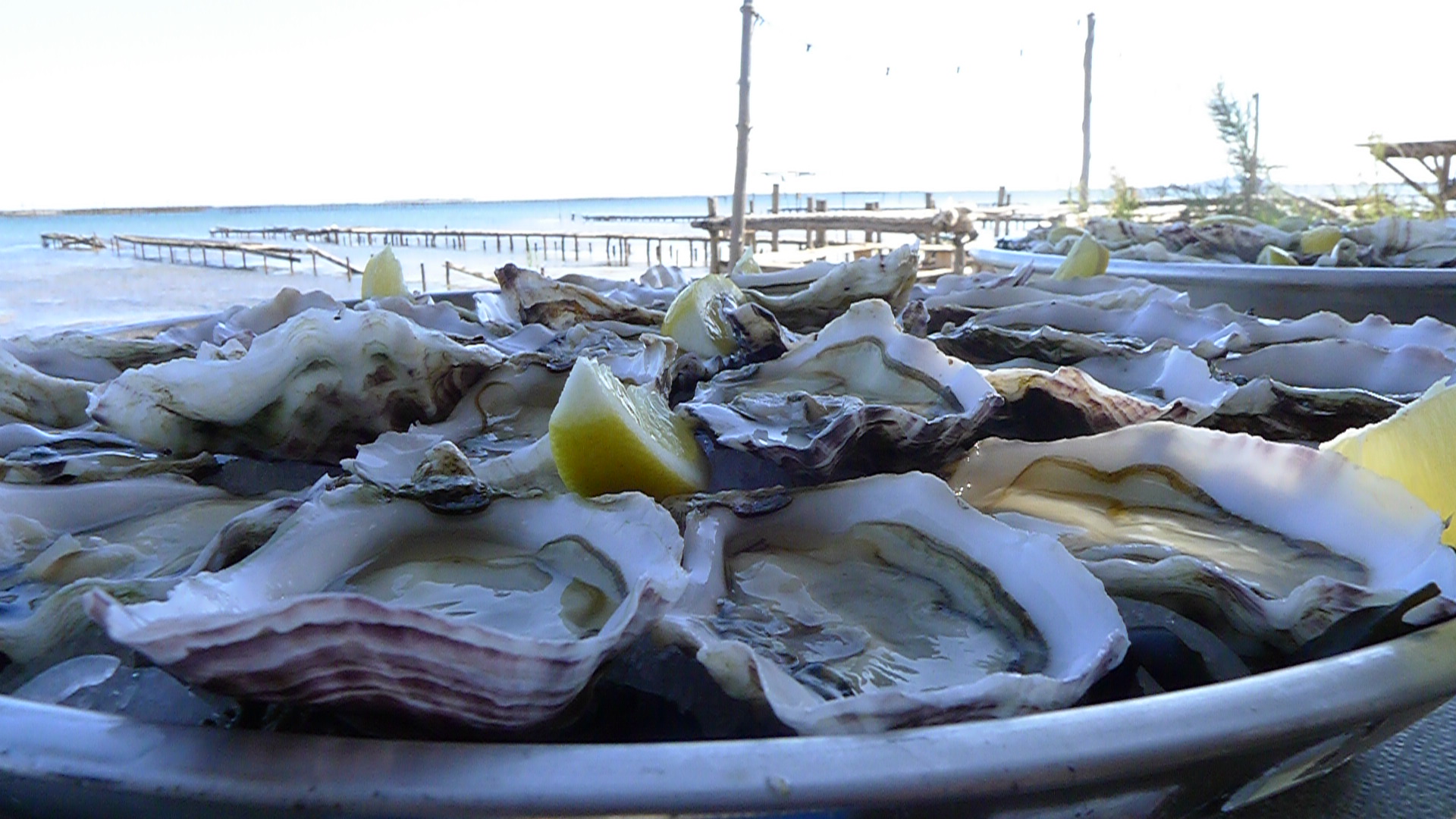By Jamie Drummond
Back in Edinburgh in the 1970’s I used to love visiting the local Fishmonger with my Mother. There’s something about the smell of fresh fish that gives me great pleasure to this day. This may have something to do with the fact that the fishmonger of my youth used to feed me sweeties (read: candies) while my Mum ordered our lemon sole or haddock. Fish was a weekly staple in our household, and something that I always looked forward to with much anticipation.
Fast-forward 35 or so years, and my passion for fish and seafood has certainly not waned, although my consumption has dropped drastically, particularly over the last five years. I put this down to the education I gained while working at Jamie Kennedy Wine Bar, particularly the tutelage of Chef Tobey Nemeth, a woman who would teach me of the many issues surrounding fish and its sustainability. Add Taras Grescoe’s book Bottomfeeder to the mix, and, well, at some points I was wondering if I was ever going to eat fish again…
With such knowledge came great power… the power to make informed decisions regarding my purchase and consumption of fish and seafood.
But there was a problem.
Where to buy sustainable fish?
I wholly applaud the accomplishments of Oceanwise in raising the public awareness of the problems our oceans face, and I feel that the work that they do with restaurants is valuable indeed, a much needed step in the right direction.
This was all fine and well when ordering fish and seafood in the restaurant environment, but what if I longed to cook the little fellows at home? Where to shop for sustainable seafood? I had given up on my old regular Kensington Market stores, and the supermarkets were even worse.
As I walked into Dan and Kristin Donovan’s newly opened Hooked in Leslieville, the smell hit me immediately. The glorious smell of FRESH FISH. I was instantly transported back to the Fishmongers of my youth, and half expected Dan to hand me a sweetie as I pored over the beautiful selection in the refrigerated display case that acts as the centrepiece of the store.

 Edinburgh-born/Toronto-based Sommelier, consultant, writer, judge and educator Jamie Drummond is the Director of Programs/Editor of Good Food Revolution… and he just wishes that there was another Hooked over in the West End.
Edinburgh-born/Toronto-based Sommelier, consultant, writer, judge and educator Jamie Drummond is the Director of Programs/Editor of Good Food Revolution… and he just wishes that there was another Hooked over in the West End.
This video is made possible through the kind support of Fortessa Canada/Schott Zwiesel











The swordfish may well be harpooned, but that has little to do with the mercury and other toxin levels in big fish, high on the food chain. Is there a source of information about toxin levels from different areas?
Hello Mut, Here is a good source of information regarding risks vs. benefits of seafood consumption based on age/gender vs. type of seafood consumption. This is but one source of many well researched and documented studies regarding toxin levels in seafood and one that we should all be aware of.
http://www.iom.edu/~/media/Files/Report%20Files/2006/Seafood-Choices-Balancing-Benefits-and-Risks/11762_SeafoodChoicesFactSheet.pdf
Interesting that in this pic, the halibut’s head and gills are cut off…. Fishmongers do that when their wares are old.
Hi Shannon, throughout North America halibut is typically shipped H&G (head-off gutted) to fishmongers because there is a lucrative market in Asia for halibut heads, the cheeks in particular. In fact, many larger fish are shipped head off for a variety of reasons – none of which is to hide the freshness of the fish. While gill colour is a good indicator of freshness, it is not the only one; smell, gloss, firmness of the flesh and scale loss are the most commonly used. Smaller fish which are more commonly sold whole to consumers generally have their heads intact and the eyes and gills should be inspected.